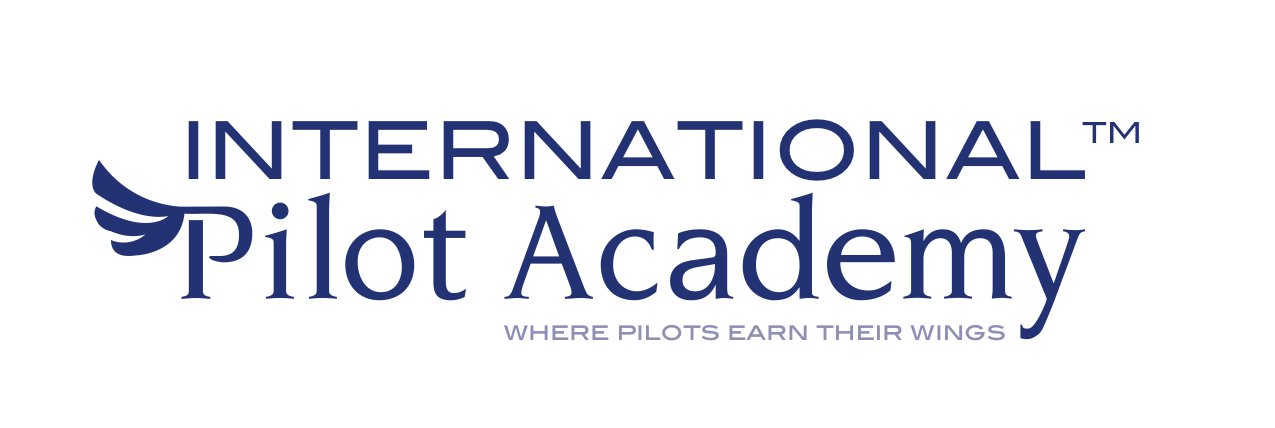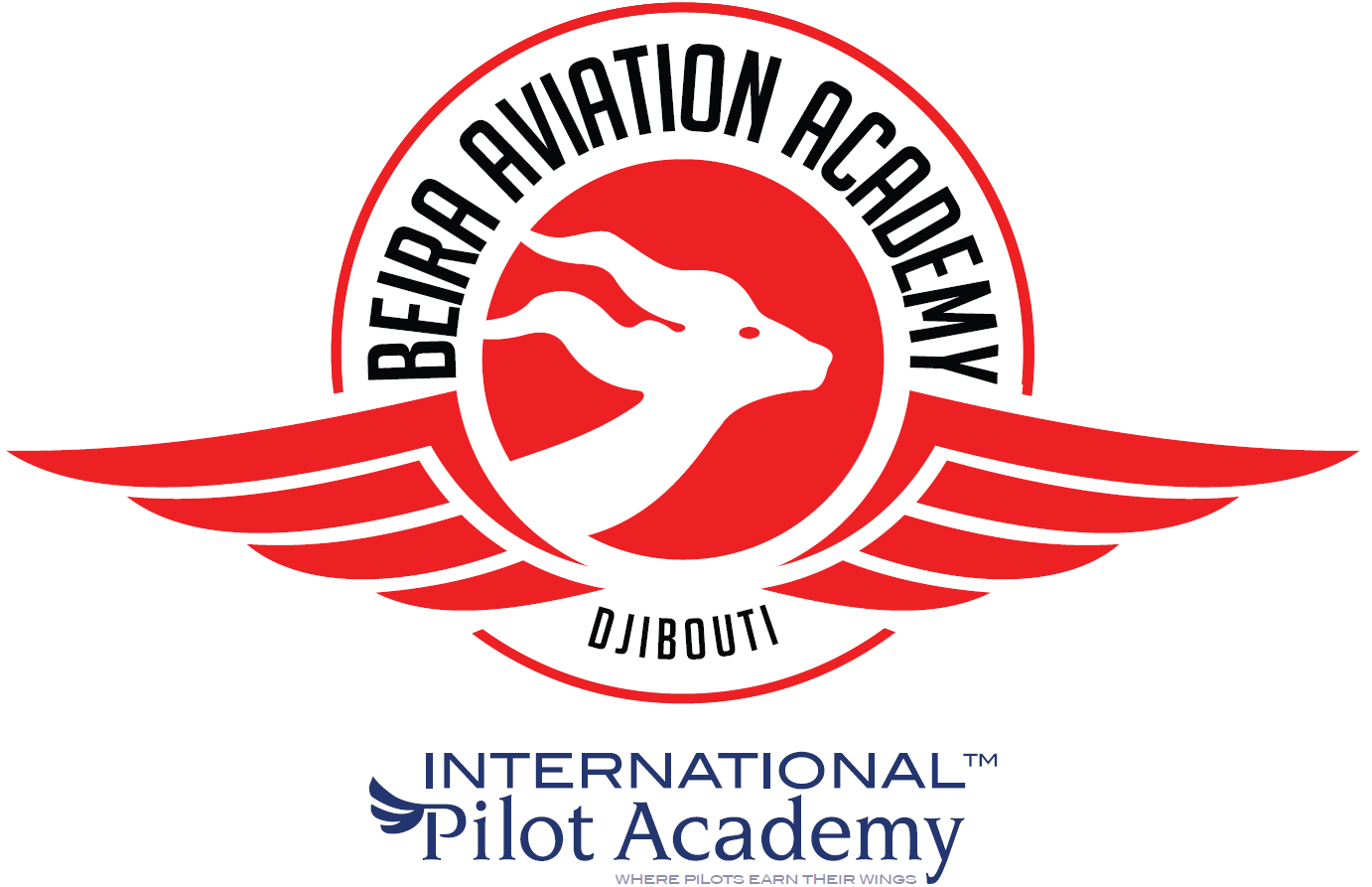Instrument Flight Rules and Pilot Education
Low-Visibility Flight Training and Education
Earning your Instrument Flight Rules rating is a vital component of pilot education and allows you to fly during IFR conditions. While other pilots are grounded due to low visibility, inclement weather, or cloud and fog, you can fly safely thanks to your training and experience based on reference
What Are Instrument Flight Rules?
Instrument Flight Rules, or IFR, is the flipside of the more common Visual Flight Rules (VFR). Most small aircraft can be flown and navigated using visual reference points and observation, such as the horizon, nearby landmarks, and geographical features. But VFR only works provided you can see clearly. When flying in or above cloud cover, through fog, rain, or other low-visibility conditions, you need to rely on your aircraft’s instruments and your IFR training to navigate safely.
Program Requirements
Before prospective applicants can begin flight training for an Instrument Rating, they must first hold a Private or Commercial Pilot License.
Instrument Ratings are issued for
aircraft in one of the following groups:
- Group 1 – Multi-engine
- Group 2 – Multi-engine center line thrust
- Group 3 – Single engine
- Group 4 – Helicopter
Applicants must also:
- Successfully complete a Transport Canada written exam;
- Successfully complete a flight test with a designated Transport Canada examiner; and
- Complete a minimum of 40 hours of instrument flying

